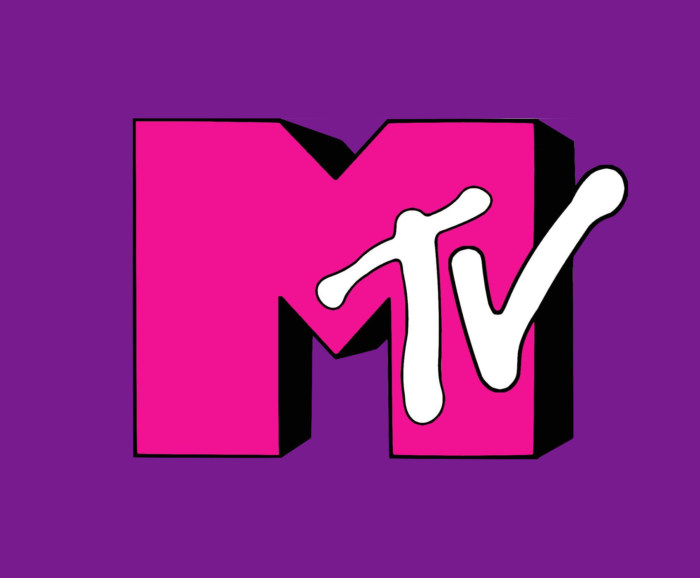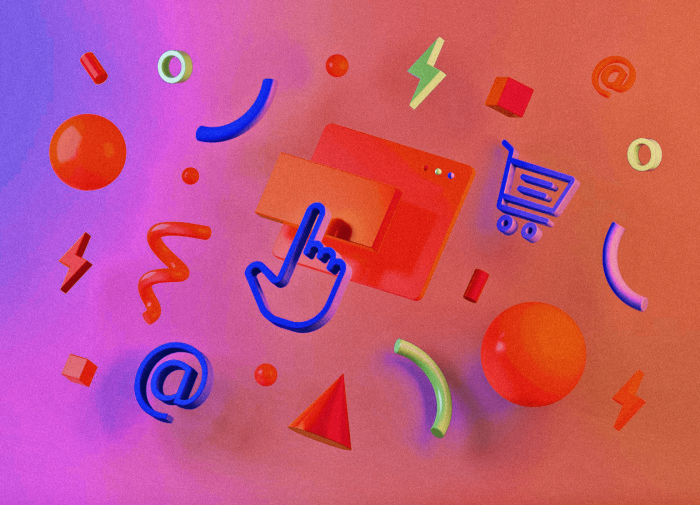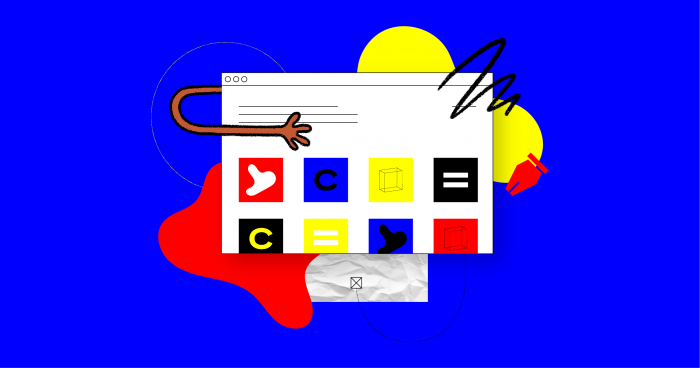If you took a stroll through Tokyo’s Shinjuku neighborhood this spring, you’d have a hard time not noticing a certain ad. It wasn’t just your average flashing neon billboard or a skyscraper-spanning brand takeover—instead, it was something much more memorable.
Nike’s 3D campaign to celebrate the 35th anniversary of the Air Max sneaker brought the iconic kicks to life for thousands of passersby, not to mention millions of astonished internet viewers around the world. In the campaign, a shoebox juts out onto the street to reveal a bouncing sneaker that, in an instant, becomes an immersive experience with a full range of motion.
While IRL 3D ads like this create a serious buzz in the moment, they’re also indicative of a broader phenomenon in branding: embracing motion. Whether it’s a web logo, a website’s homepage, or simply a cursor pulsing with energy, motion is becoming a new norm. So what’s driving this transition, and is it here to stay?
Balancing the cognitive load
Designers, advertisers, and brand strategists have all been attempting to strike an elusive visual balance for decades: catchy enough to grab one’s attention, yet simple enough to hold it.
Although screens offer limitless opportunities to engage with audiences, they also present constant distractions. And today, a staggering amount of logos, taglines, and limited-time offers await us in every new tab. In fact, studies show that we see upwards of 5000 ads online every day. Standing out from the crowd, then, is no small task.
So what’s a brand to do—and how does motion help solve the problem? It all starts with a little psychology lesson.
Cognitive load theory describes the amount of reasoning, critical thinking, and overall exertion required to complete a task. For most web experiences, designers and ad strategists aim to keep cognitive overhead as low as possible. That means everything from digital checkout stations to home pages are optimized with ease of use at top of mind.
Yet when time is short, a completely static logo or landing page might not cut it. That’s where motion comes in. Research from MIT found the brain can identify images that appear for as little as 13 milliseconds. If logos using animation or motion can meld text with visuals, it both reduces the cognitive load and significantly speeds up recognition. Thus, they’re simpler for the human brain to process.
In short, motion provides a way to “show,” not “tell.” That makes it an invaluable piece of any marketer’s toolkit.
Simplicity that sticks
Every year, the brand consultancy firm Siegel+Gale releases a study on the world’s simplest brands. And, as their results illustrate, there’s real value in stripping things down. According to last year’s polling, more than three-quarters of respondents were more likely to recommend a brand that delivers simple experiences.
It’s clear that simplicity pays dividends—and conveying a simple user experience begins with a good first impression. Data from Google reveals that modern brand discovery can occur at any moment; 60% of people today were first exposed to their favorite brands while catching up on news feeds, watching videos, or just browsing search results.
“When elements of design are employed well, they have the ability to create an emotional connection,” says Margaret Molloy, Siegel+Gale’s CMO. “This ability to satiate unexpressed, higher-order needs is the pinnacle of true simplicity.”
Whether it’s attracting users from their initial encounter—say, a logo—or prompting them to dive deeper into a new product, simplicity works across the customer journey. Motion and animation can facilitate simple experiences by illustrating complex problems and breaking down barriers to entry.
Take Headspace, for instance. The brand uses animation to make meditation and mindfulness more approachable with dynamic backgrounds and whimsically-emotive characters.
Austin Sarner, a software engineer who helped develop Push Pop Press, an interactive online publishing house, makes the case as such: “Motion provides context. It guides users as to what’s possible, and encourages them to explore more.”



